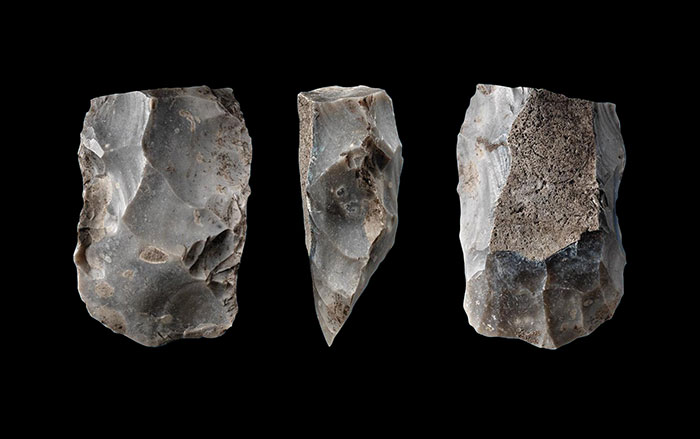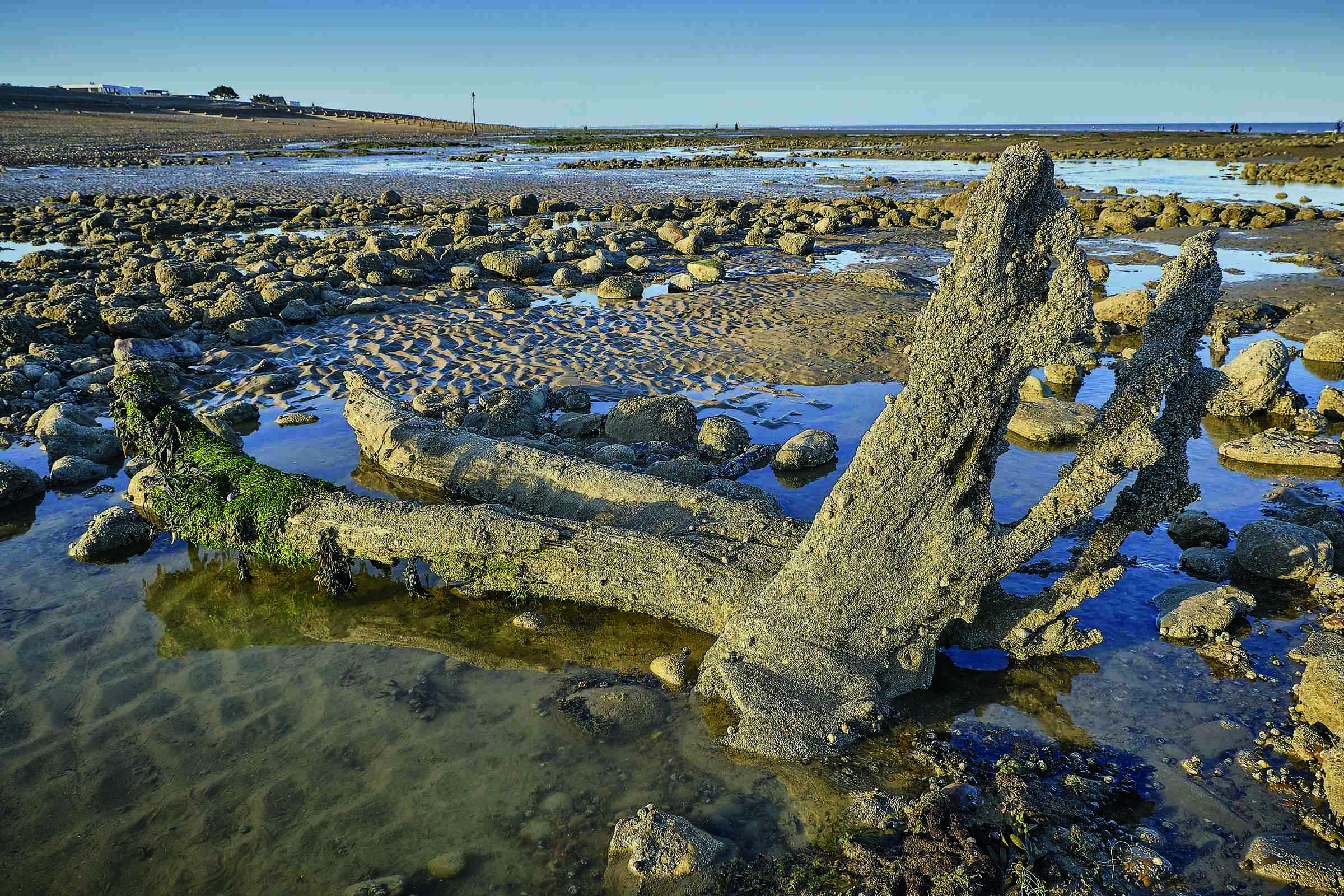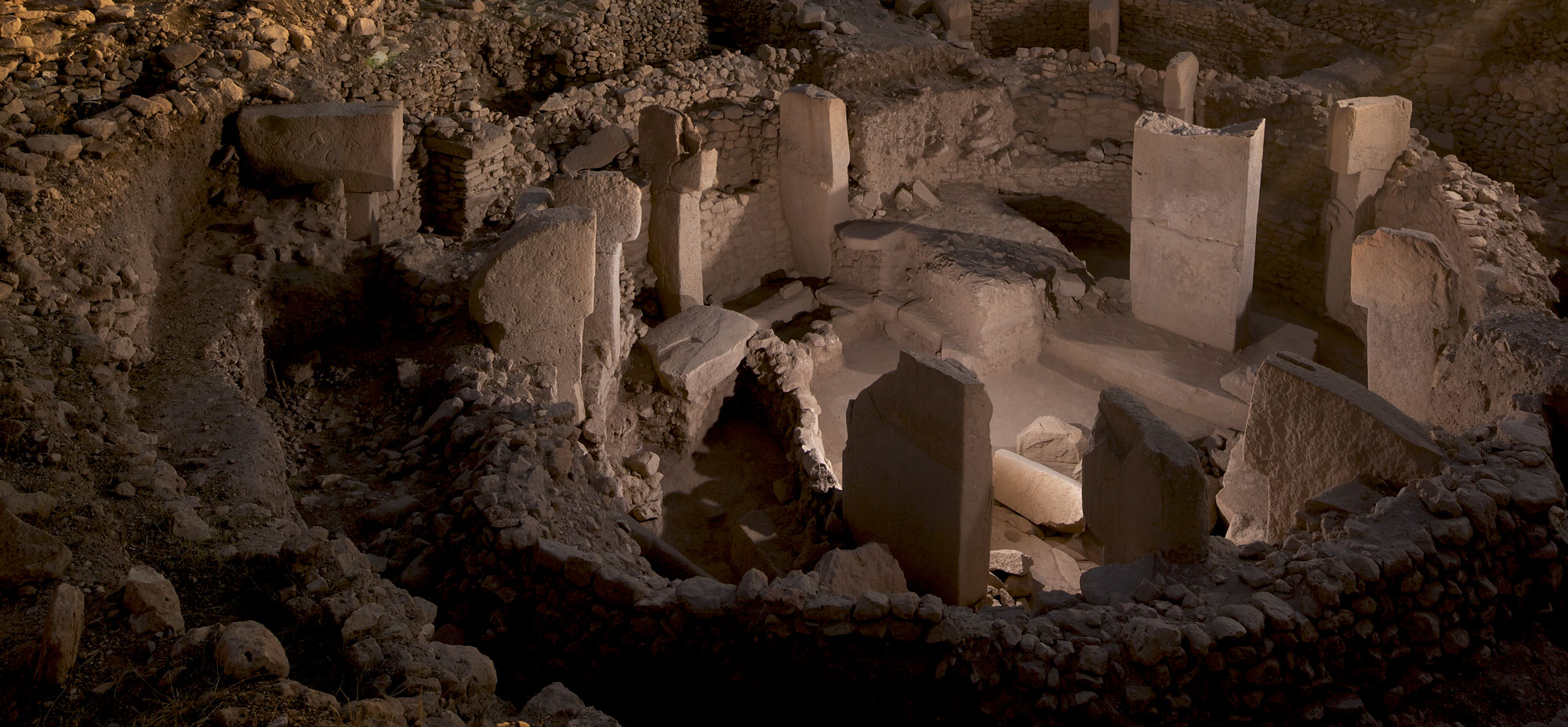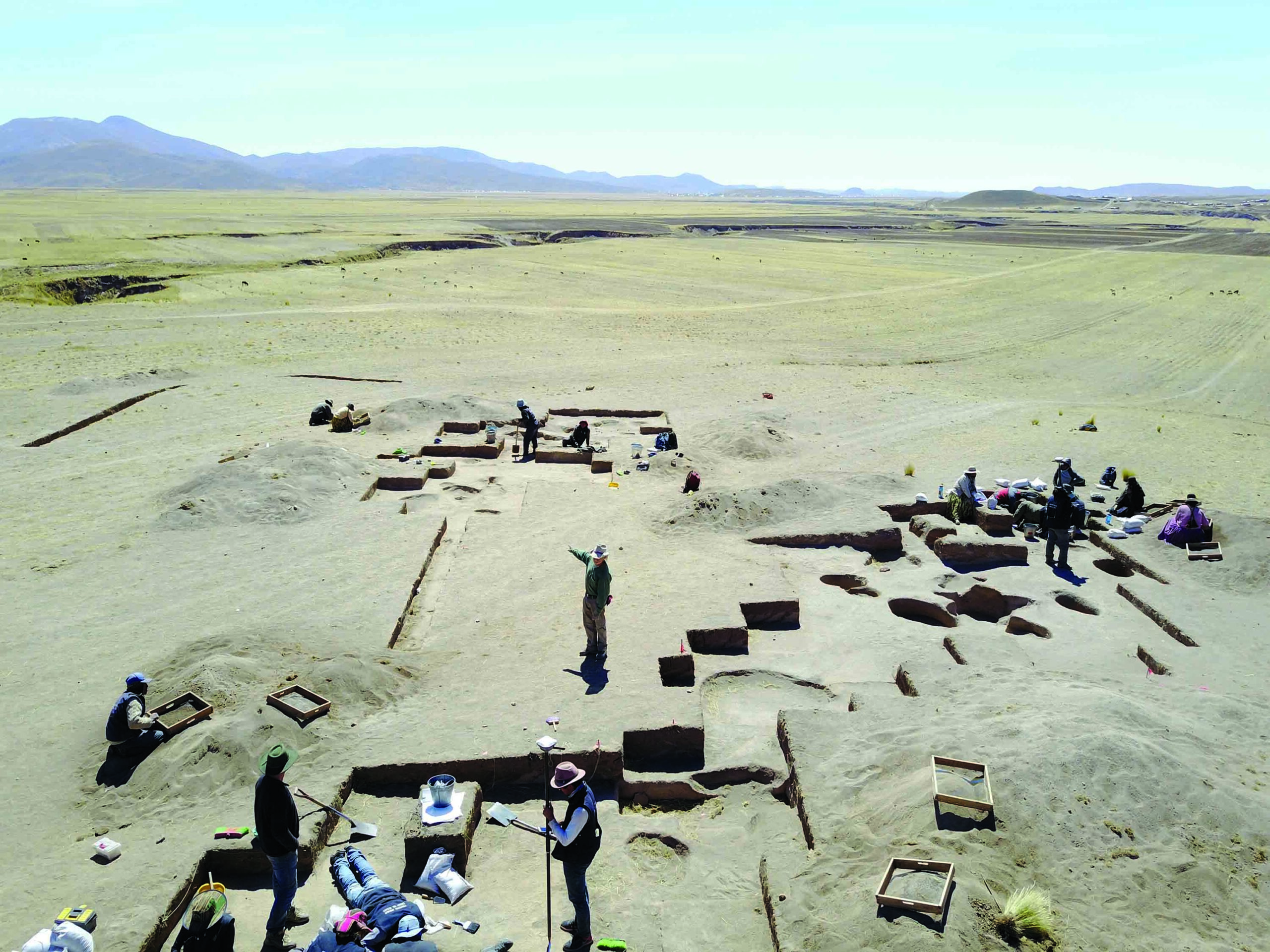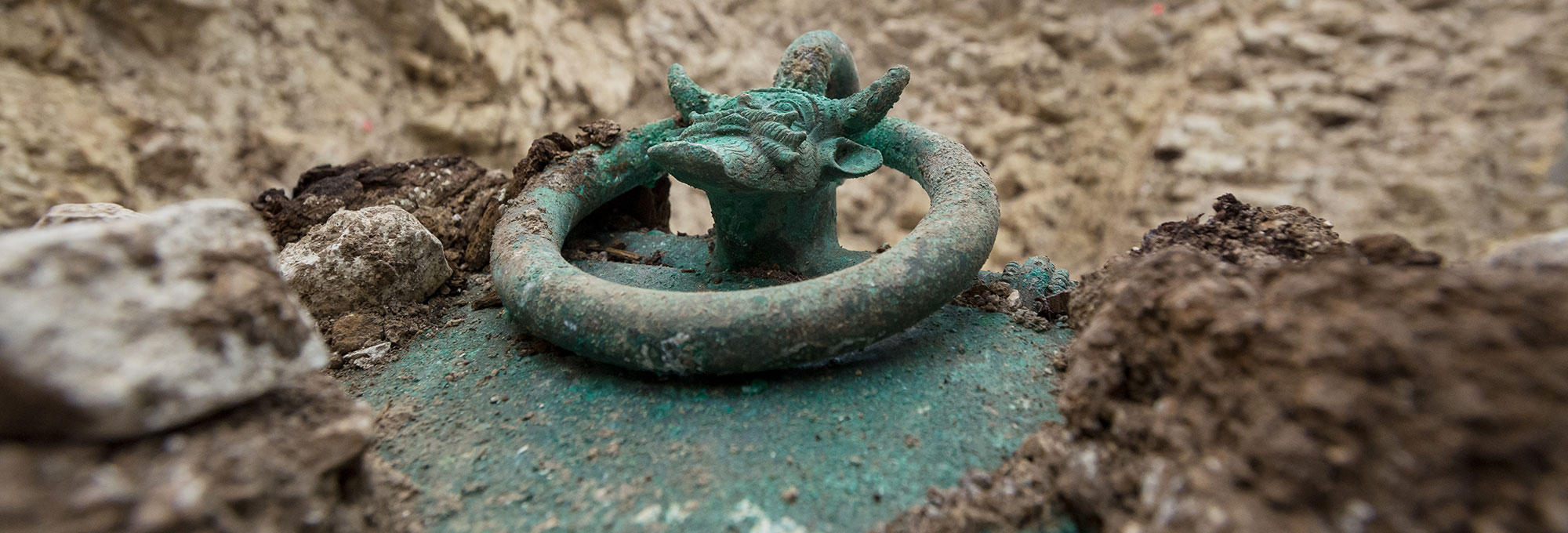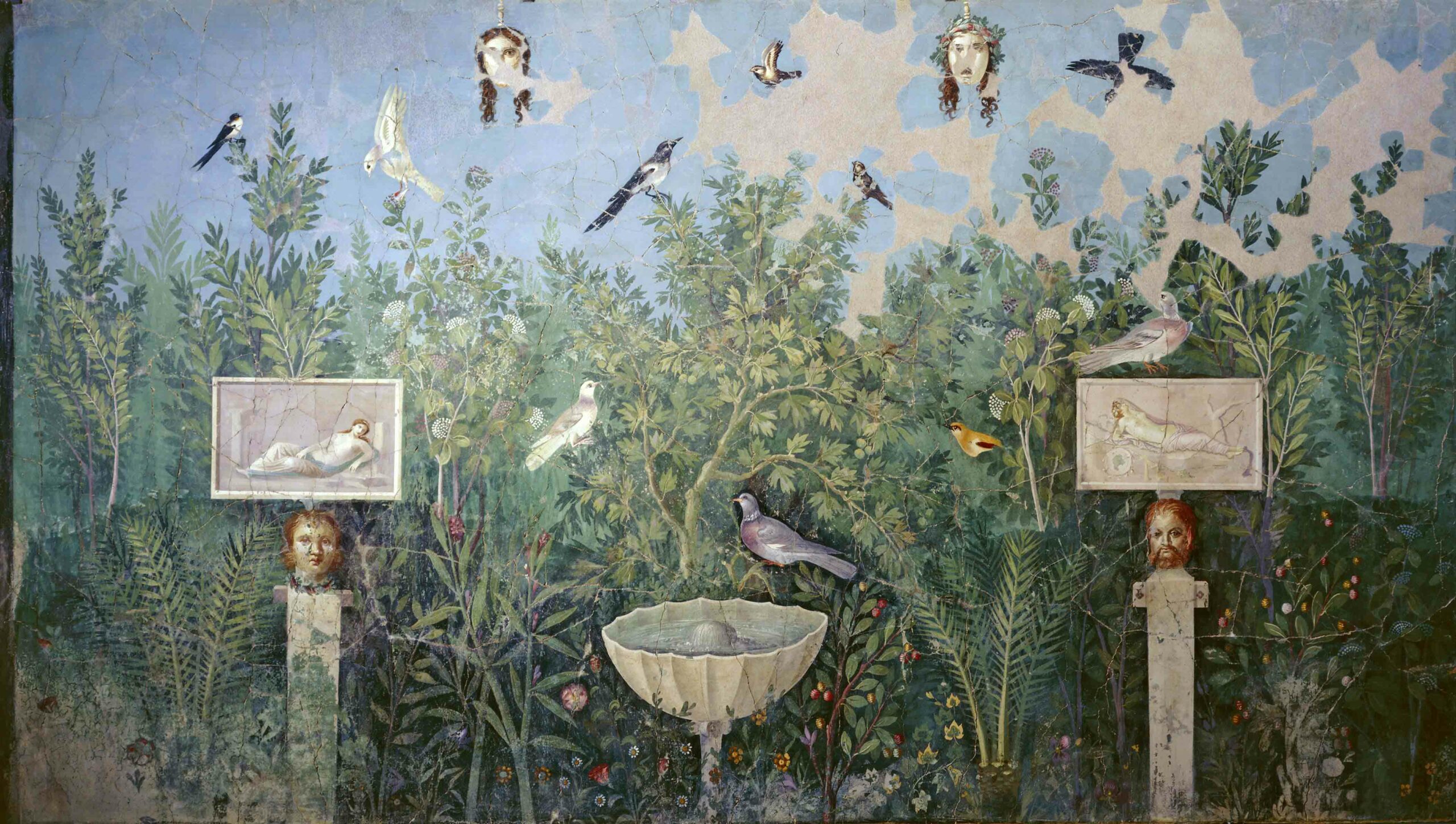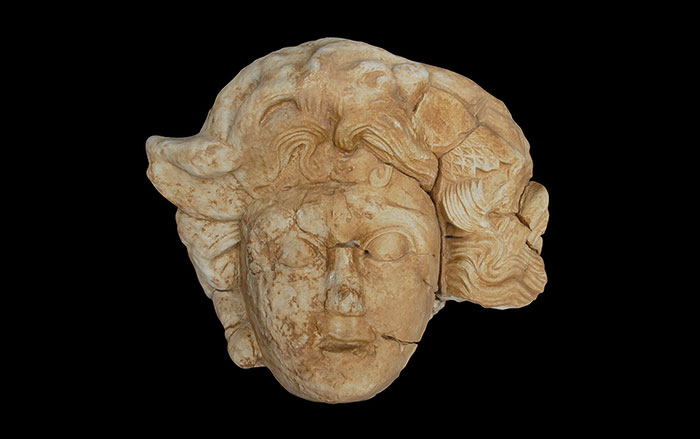
SANTA FE, NEW MEXICO—A study of the food web on Sanak Island, Alaska, has been conducted by a team of ecologists and archaeologists led by Jennifer Dunne of the Santa Fe Institute. “It’s the first highly detailed ecological network data to include humans,” Dunne said in a press release. The team studied ecological data, bones and shells from ancient middens on the island, and collected oral histories from Aleut elders. The researchers found that over a period of 7,000 years, the Sanak Aleuts used about one quarter of the species, which is far more species than other predators in the food web. And when a favored prey decreased in population due to hunting or environmental conditions, the Aleuts switched to an alternative food source, allowing the prey populations to bounce back. “It’s a very stabilizing behavior in the system,” Dunne explained. Ancient technologies such as fish hooks, spears, and kayaks did not put the kind of pressure on food webs that modern fisheries do, however. Intensive fishing now drives the value of prey up, leading to increased harvesting. For more about archaeology in Alaska, go to "Cultural Revival."


